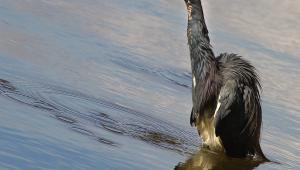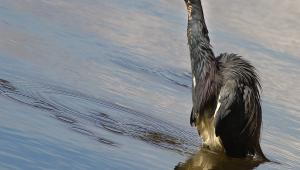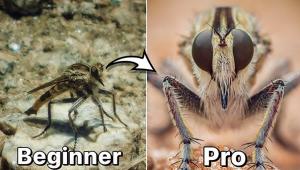Image Security
Six Ways To Protect Your Images On The Internet
|
The Internet is a great way to show your photographs to the world. Putting images up on a web site is child's play compared to hanging a gallery show or publishing a book. But what is to stop an unscrupulous web site visitor from stealing your images? In truth, all the images that are seen by your visitors are already copied and stored in their computer's browser cache. But there are still effective, low cost ways of preventing their misuse. 1. Adding your copyright
as a text layer. Each graphics program handles text differently, but look for the Text Tool on the tool bar within your program. Use an easy to read font like Arial in a small point size. If your image has light and dark areas that make text hard to read you can select the area behind the text and reduce its contrast. 2. Size and compress your
images properly. 3. Image slicing to protect
your images. The individual image parts, which are really separate pictures loading into different cells within the same table, are joined in the HTML when viewing the image on the web. An added benefit of slicing is shorter load time when you optimize each slice individually. In a program like ImageReady (part of Photoshop 6), different parts of the same image can be optimized as GIFs or JPEGs. 4. Right click disabling
JavaScript. 5. Mouseover image swap.
6. Table background and
transparent GIF. Summary Supporting information can be found on the authors' web sites: www.ArtWebWorks.com and www.BermanGraphics.com. |

































